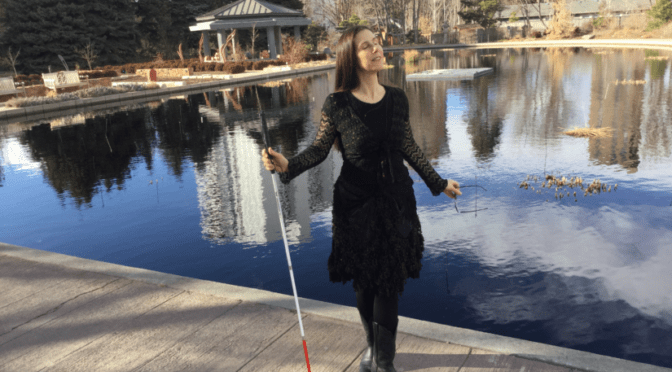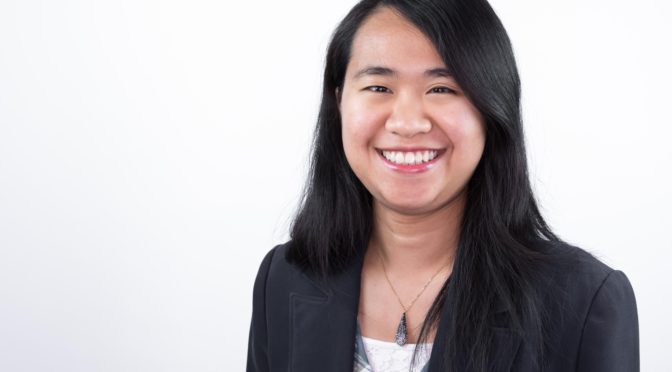Late last year LightHouse hired its first Director of People and Culture. The position is the outgrowth of our 2017 Strategic Plan, which recognized the need for our growing organization to have a strong internal voice for diversity, equity and inclusion, and to serve as a voice for creating a remarkable work culture across our organization.
Meet Mario Burton, the man totally up to this task.
What is your background?
I grew up in Alabama in a family where I once counted 13 aunts and 22 uncles. Most of us grew up on the Northside of town that was predominantly working class and working poor Black folks. Friday nights were spent at The Big House (a 5-bedroom, canary-yellow tri-level with a downward sloping driveway) where singing, listening to the Blues, gambling, drinking and cussing was as normal as rain. Teachers, government workers, administrators, janitors, and construction workers created families, saw struggles and celebrated life alongside sex workers, drug users and con artists. This was my Village growing up and I was privileged to be raised by them. I learned how to write poetry from ex-cons, to never lose my inquisitive mind from elders and to actively listen to church ladies who came over to spread the neighborhood news.
Where did your interest in working towards diversifying organizations come from?
I took a course as an undergrad on Employment Law and became fascinated with the human side of advocating for people. I was especially interested in how groups of like-minded people could gather together in the spirit of mutual purpose to change legislation. In practice, this interest grew as I found that when leadership lacks diversity, there is a lack of intentionality, financial backing, and consistent response to address institutional biases that manifest into discrimination. Lots of organizations talk the talk but fewer have active plans, cultures and strategic investment in change. I wanted to change that.
In your experience, what are the top three differences when you compare an organization that has a diverse workforce, to that where people are mainly from the same race, socioeconomic background and/or general age group?
Hmm. I think a main concern that I notice in organizations that lack diversity is the perpetuation of glass ceilings for women and people of color that are justified with language of “not being the best fit” or decisions to place their upward mobility on the backburner while simultaneously promoting people that look like or express similar views as the leadership that’s in place.
Secondly, there can be issues with how staff engage with clients. Some people step into service work with the mindset that they are good people doing good things and they shouldn’t have to be inconvenienced or made to feel unsafe, unwelcome, or generally unappreciated. I’m of the mindset that this type of person is more common than not and reflects a history of organizations providing platforms for members of privileged groups to show sympathy instead of existing alongside and in collaboration with the people we serve. A lack of diversity and education around equity and inclusion allows these dynamics to exist.
Finally, diversity allows members of majority groups to be challenged in their worldviews. Black men and women wearing their natural hair, adding some pizazz to their business casual attire, and speaking in AAVE (African American Vernacular English) shouldn’t be compared to Euro centric standards of professionalism that places hierarchy on cultural norms. We have to interrupt these biases and not just for Black folks but all marginalized and undeserved folks whose existence is criticized as being not enough or lacking in some way or another.
Why did you choose LightHouse?
Some people in my friend circles thought that I chose LightHouse due to its location in the Bay area. This is absolutely not true. While I like the city, I also value not being taxed at some of the highest rates known to humankind on top of extremely high rents. I can only imagine the trips I could take with that money. Brazil, South Africa and South Korea are still on my bucket list.
My interest in LightHouse is specifically on working to more fully become an advocate for persons with disabilities. While I’ve worked with persons with developmental disabilities and persons who are Deaf for a few years, I’ve found a major gap in my understanding of various abilities and in finding how I can best show up to ensure staff, clients and other stakeholders are able to fully participate in their work without having to ask permission to do.
What are your top three first priorities at LightHouse and how do you plan to achieve these goals?
Was I supposed to have priorities? I just came here for donuts.
First on my list is to create a strategic plan with the People and Culture team that maps out the steps we plan to take in relation to enhancing and being more accountable to the workers at LightHouse. We’ve already started a document to anchor our actions to more intentional strategy.
Secondly, I plan to collaborate in the forming of different employee groups who focus on specific areas where we can improve employee relations. This is already in the works.
Finally, and most importantly, the People and Culture team has had a discussion about our experiences with an ideal HR or People and Culture. We shared memories of company picnics for the whole family; retreats where individuals can meet senior leadership and hear about long-term goals for the organization; professional development opportunities that allowed staff to meet persons from different departments, and even recognition and rewards programs that include monthly drawings for things like airline tickets, restaurant gift cards, staycations and other goodies. We spoke of an HR team that truly embodied the people function within organizations. We are working collectively to create this kind of People and Culture team and we are eager to collaborate across the entire organization to bring a shared vision to life.
What does Black History Month mean to you?
Black History Month serves its purpose for those of us who are open and willing to listen. However, I want Black History all year, in classrooms, in Board rooms, in management, in neighborhoods and in relationships with non-Black people.
LightHouse said publicly that it supports and aligns itself with the Black Lives Matter movement. What key things is the organization doing to stamp out any white privilege or systemic racism that may, or may not, exist and develop the culture to a committed anti-racist one?
This is an interesting question. I want to speak specifically to efforts that our team within People and Culture are taking. This choice is strategic as I think we have to move beyond addressing organizations as persons and instead, really focus on the efforts of specific leadership persons and/or teams in making change. One of the main tools that we are co-developing is a BIDE (Belonging, Inclusion, Diversity and Equity) Task Force. This group will be critical in designing plans that call out, resolve and monitor concerns around systemic racism as well as other phobias and isms that interfere with our ability to honor one another’s dignity.
Additionally, I’m not aware of everything happening at LightHouse but I know the Racial Equity Book and Movie Club use their space to learn and dialogue about race-based concerns. Also, different departments offer their programming in Spanish, which increases access to participation for Spanish-Speaking persons. If nothing else, I hope that this Black History Month is a reflection of Black women, Black LGBTQ+ persons, Black persons with disabilities, Black persons of mixed race ancestry, Black seniors and the beauty of aging and how Blackness, like all other demographics, isn’t monolithic but as diverse and varied as a Crayola box of crayons. You know the one with the sharpener built into the box.



